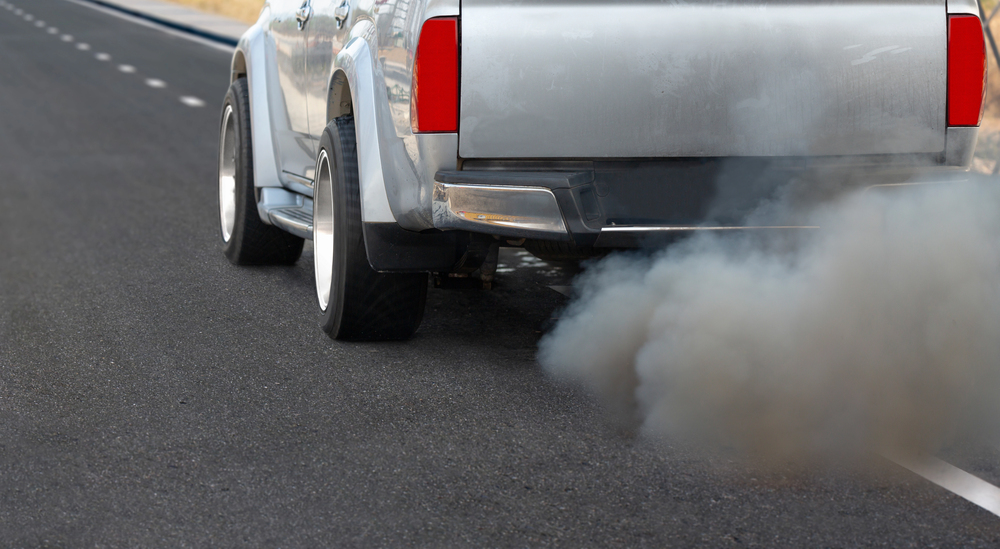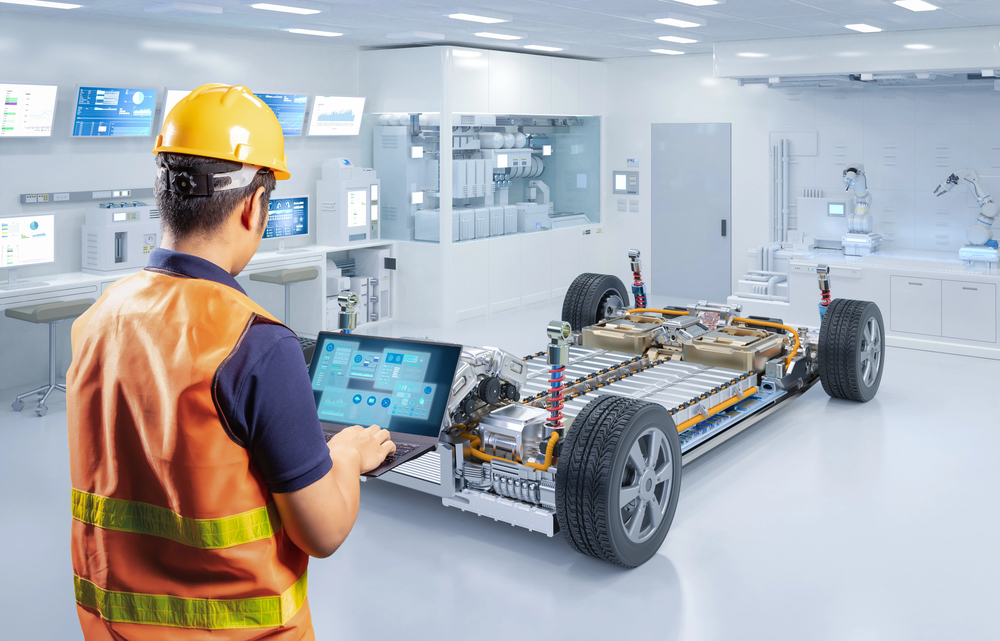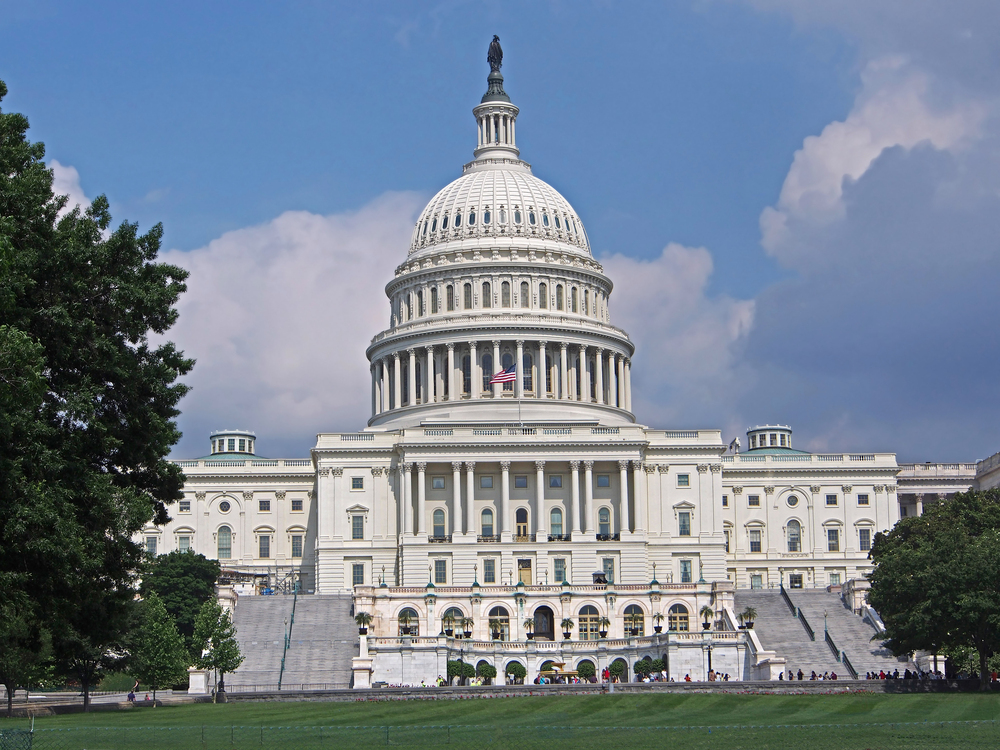
The EPA’s threatened retreat from its greenhouse gas regulations for cars is a regulatory earthquake, throwing boardrooms of automakers, statehouses, and environmental groups into turmoil. Not only is the legal framework that has defined emissions policy for more than a decade on the line, but so too is the engineering and economic math behind the cars Americans buy and the fuel they burn.

1. The Legal Basis: The 2009 Endangerment Finding
The EPA’s power to control car greenhouse gases stems directly from the 2009 Endangerment Finding, a landmark ruling that classified carbon dioxide and five other gases as Clean Air Act air pollutants. This conclusion, based on the Supreme Court’s 2007 Massachusetts v. EPA ruling, required the agency to determine whether or not these emissions “may reasonably be anticipated to endanger public health or welfare.” The EPA decided they did, paving the way for a series of progressively tighter tailpipe rules. As distillated in the agency’s technical report, “The Administrator finds that the current and projected concentrations of the six key well-mixed greenhouse gases…threaten the public health and welfare of current and future generations.” This legal basis has endured repeated court challenges and petitions for rehearing, with the D.C. Circuit affirming its validity in 2012.

2. Coordinated Rollback: EPA, CAFE, and California’s Waiver
The proposal from the current administration is not a solo move. It is the tip of an iceberg attempt to eliminate three pillars of U.S. vehicle emissions regulation: the tailpipe standards of the EPA, the Department of Transportation’s CAFE (Corporate Average Fuel Economy) regulations, and California’s special prerogative to prescribe more stringent emissions limits. The EPA now seeks to withdraw the Endangerment Finding itself, and Congress has already repealed fines for manufacturers that don’t hit CAFE standards, taking away one of the major compliance incentives. In a similar action, Congress also repealed California’s long-standing waiver to impose its own zero-emission car standard, authority that had enabled the state and 13 others to account for more than a third of U.S. new car sales. “We embrace federalism and the role of the states, but federalism does not mean one state can set standards for the country,” EPA Administrator Andrew Wheeler said to the National Automobile Dealers Association.

3. Technical Implications: Vehicle Engineering and Emission Control
Decades of regulatory stress have spurred deep changes in vehicle engineering. The development of emission control technologies, viz, from three-way catalytic converter to selective catalytic reduction (SCR) and gasoline particulate filters (GPF), has reduced pollutants such as NOx and particulates. However, greenhouse gas reduction is inherently linked to fuel efficiency, compelling vehicle manufacturers towards lighter materials, turbocharged downsized engines, and, more and more, electrification. The rollback risks slowing or reversing these trends, particularly since the CAFE standards are being reconsidered and penalties for non-compliance have been abolished. Manufacturers who had invested in cleaner technology now face a strategic conundrum: double down on efficiency, or shift back to higher-emitting, lower-priced models.

4. The EV and Hybrid Equation: Battery Technology and Adoption
The regulatory uncertainty occurs at a pivotal moment for electric and hybrid cars. Improvements in battery chemistry, particularly the emergence of lithium iron phosphate (LFP) and nickel manganese cobalt (NMC) cells, have increased energy density and reduced costs. As Goldman Sachs’ Nikhil Bhandari points out, “We’re seeing several new battery products that have been introduced that have a roughly 30% higher energy density and lower price.” That advance, together with declining battery metal prices, was supposed to lead EVs to cost parity with internal combustion engine (ICE) cars by 2026. But with the scaling back of emissions regulations and phasing out of consumer EV tax credits, the economics of electrification have become cloudier. Automakers now threaten that “the vehicle emissions regulations adopted by the last administration aren’t feasible and need to be updated to account for today’s marketplace,” as the Alliance for Automotive Innovation’s John Bozzella said.

5. Lifecycle Emissions: Simulating the Real-World Effect
The argument on vehicle emissions is not just about tailpipes. Total lifecycle analyses show that battery manufacturing, particularly the energy-hungry dry rooms employed in lithium cell production, contributes 40-50% of an EV’s overall CO2 emissions. But breakthroughs like Cotes’ Ultradry-air technology, which uses waste heat or renewables to dehumidify, can reduce greenhouse gas emissions from battery packs by as much as 95%, and make the whole car up to 7.7% cleaner. Lifecycle modeling across various grid conditions always reveals that, as the electricity grid decarbonizes, the benefit of EVs over ICE cars increases, an engineering fact that policies have tried to hurry along.

6. Legal Challenges and Market Uncertainty
The whiplash in policy across governments and the constant and anticipated litigation have established an environment of uncertainty for manufacturers. “This would be one of the most destructive actions, quite honestly, ever to be taken in the Environmental Protection Agency’s history, if they proceed on an attempt to simply walk away from protecting the American public from some of the most deadly pollution in our lives,” said Vickie Patton, senior counsel at the Environmental Defense Fund.

In the meantime, the automotive sector’s wish for one national standard continues to go unanswered, with the risk of a regulatory divide between California and federal regulations hanging over the industry. The process of the Congressional Review Act, public comment periods, and unavoidable court fights assures that final decisions will take years to be resolved.

7. Consumer Costs and Product Strategies
For consumers, the rollback would translate into higher long-term fuel expenses and reduced options for high-efficiency vehicles. Though initial car prices could fall as efficiency mandates are relaxed, studies indicate that “drivers prefer more efficient cars. People would want to have a car that saves them money in operating costs,” says economist Beia Spiller. But without the regulatory incentive, it is unlikely that market forces by themselves will bring about quick efficiency or emissions gains. Automakers with sunk costs in clean technology and changing incentives have to adjust product strategies anew, possibly delaying the introduction of EVs and hybrids, or shifting resources into higher-margin, less efficient vehicles.

As EPA’s plan heads into public comment and lawsuits mount, the fate of U.S. car emissions policy is on the line. The decision will not only influence the engineering of the cars of tomorrow, but also the direction of the country on climate, technology, and consumer spending.


